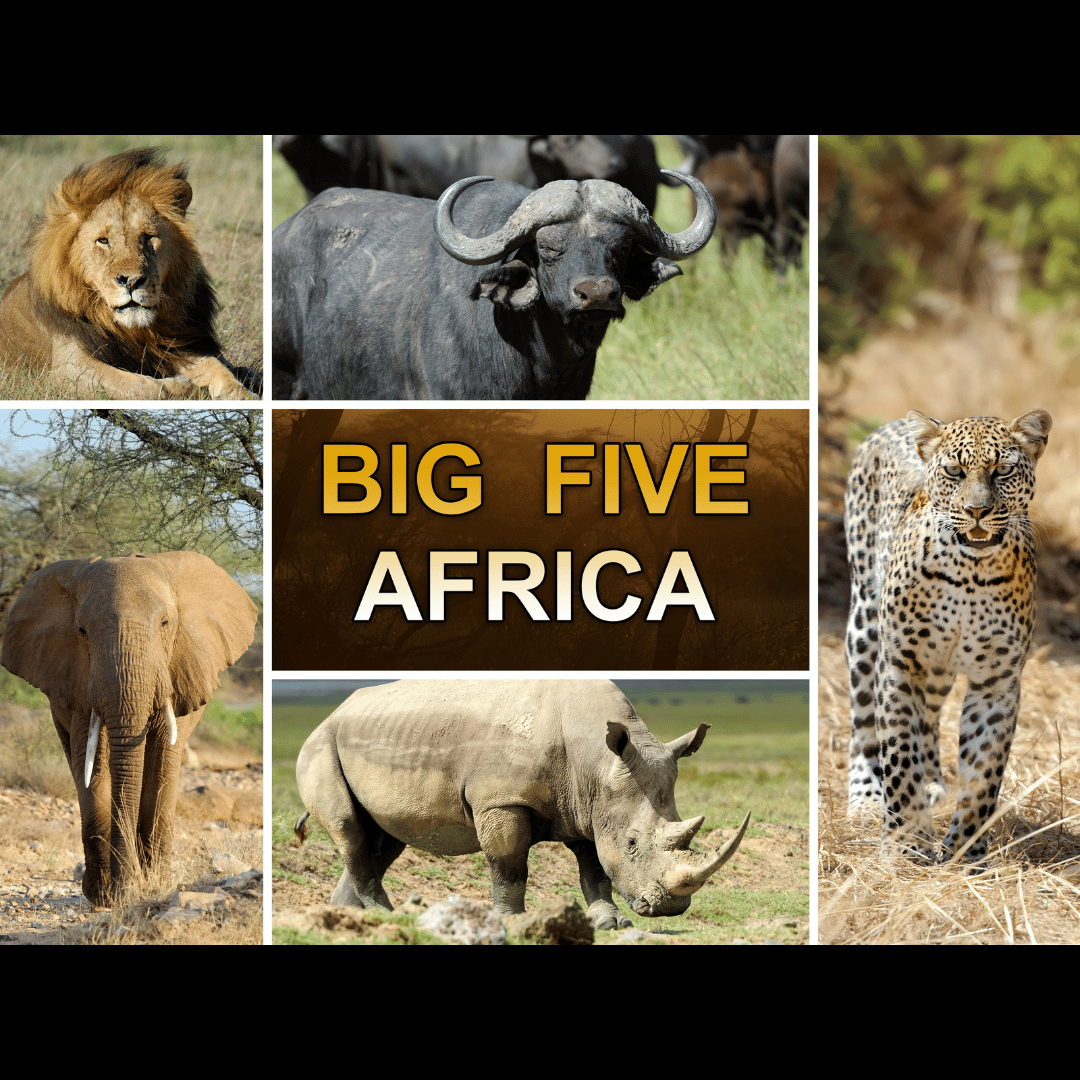When it comes to African hunting safaris, few terms spark as much curiosity as Africa’s Big 5. Originally coined by big-game hunters, this phrase refers to the five most challenging animals to track and hunt on foot: elephant, lion, leopard, rhinoceros, and Cape buffalo.
We often hear about the Big 5 in connection with the excitement and prestige of African game hunts. But the name isn’t just about size or fame, it’s rooted in the unique combination of skill, patience, and courage required to pursue these animals. As we explore the history and meaning behind Africa’s Big 5, we’ll see why these species have become the centrepiece of hunting adventures and why they continue to attract hunters from around the world.
[DYNAMIC-BLOGTABLEOFCONTENT]
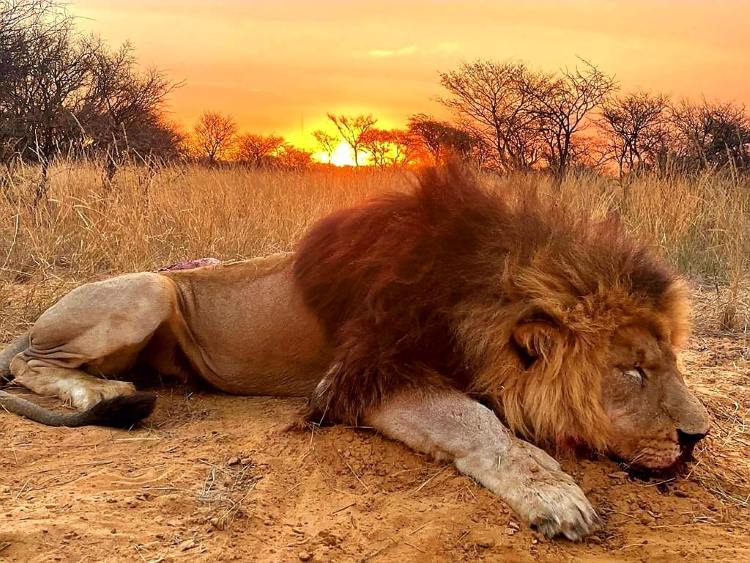
Key Takeaways
-
The term "Africa's Big 5" was originally coined by big-game hunters to describe the five most challenging and dangerous animals to hunt on foot: elephant, lion, leopard, rhinoceros, and Cape buffalo.
-
The "Big 5" designation is based on the difficulty and risks involved in hunting these animals, rather than their size, due to their unpredictable behavior and the skill needed to track them.
-
Africa’s Big 5 are central to both hunting and wildlife tourism, shaping safari culture and drawing international attention for both adventure seekers and photographers.
-
Responsible and regulated hunting of the Big 5 significantly contributes to local economies, community development, and funding for conservation efforts throughout Africa.
-
Conservation of the Big 5 supports broader biodiversity and habitat protection, benefiting numerous other species and the overall ecosystem in protected areas.
Origins Of The Term "Africa's Big 5"
The term "Africa's Big 5" comes from the world of game hunting, where hunters identified five animals as the most dangerous to pursue on foot: the African elephant, lion, leopard, rhinoceros, and Cape buffalo. British and European explorers in the 19th and early 20th centuries used "Big 5" to distinguish these species due to the unique challenges and risks involved in tracking and hunting them. The label didn't originate from an animal’s size but from the difficulty, unpredictability, and associated danger hunters faced during African hunting safari experiences.
Original big game hunting guides and later African Hunting Safari Brokers included the Big 5 in their top hunting listings. That’s because these animals offered the highest level of excitement, tested hunting skills, and required expert bush knowledge. Cape Buffalo hunts and lion stalks often demanded close-quarters tracking, with unpredictable behavior making quick reactions necessary for safety.
Safaris in Africa began evolving as conservation priorities grew. Today, many guided African hunts focus on regulated and ethical hunting practices. Tour operators on every hunting safari in South Africa, Botswana, Namibia, and Zimbabwe still use the Big 5 as central attractions. Safari-goers and photographers also seek out Africa Big 5 sightings to enrich their travel stories.
When we talk about African hunts or plan a big game hunting trip, the Africa Big 5 headline listings dominate. Whether someone’s searching for Game Hunting Safaris or evaluating different hunting packages online, the term signals a classic adventure tied to the continent’s rich wildlife heritage.
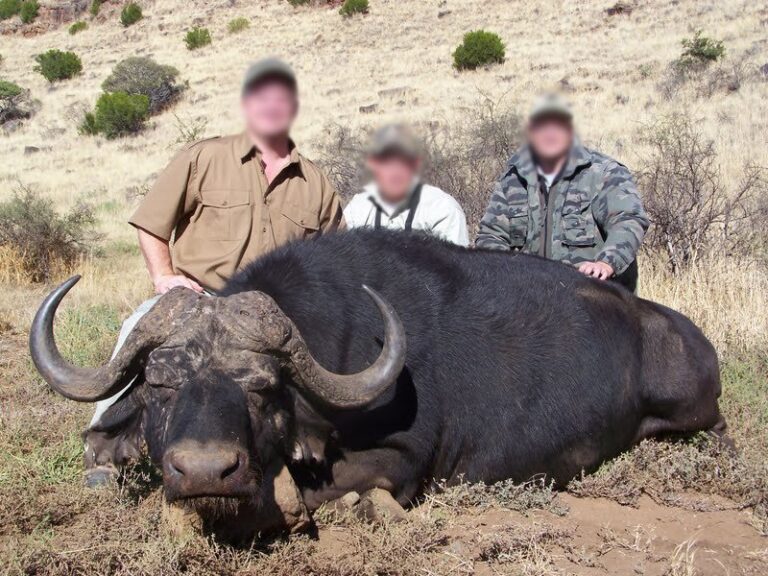
The Big 5: Who Are They?
Africa’s Big 5 remain the cornerstone of hunting in Africa and big game hunting experiences. These animals—elephant, lion, leopard, Cape buffalo, rhinoceros—hold unmatched challenges for anyone exploring African hunts and aiming for a spot in true hunting safari history. We often see these iconic species featured in the top Game Hunting Safaris and top African hunting safari broker listings, thanks to their unique behaviors and the intricate planning they demand on guided African hunts.
African Elephant
African elephants lead the Africa Big 5 in terms of size, strength, and unpredictability. Averaging 6,000 kg and standing up to 4 meters tall, elephants roam thick bush and woodlands, making approach and tracking in any hunting safari in Africa complex. They’re famous for intelligence and memory, requiring patience and a keen sense of movement during African hunting safaris. Guided African hunts often focus on reading tracks and wind direction, with safety as a top priority due to the elephant’s potential aggression if threatened.
African Lion
African lions represent courage and are the only social cats among the Big 5. These predators weigh up to 225 kg, hunt in prides, and use strategic communication. Hunters face the challenge of dense grasslands and sudden charges. Many hunting safari in South Africa listings highlight lions due to their elusive nature and the thrill of the chase. Even with careful methods, engaging with a lion remains one of the most sought-after adventures for Big game hunting.
African Leopard
African leopards are elusive, solitary, and primarily nocturnal. Weighing between 60 and 70 kg, these cats rarely offer more than a brief view before vanishing into the bush. Success on guided African hunts often hinges on reading signs—tracks, scratch marks, and cold trails. Their unpredictable movements and stealth contribute to their reputation as one of the most difficult targets in Africa Big 5 hunting. Many Africa hunting packages spotlight leopards for hunters seeking the ultimate tracking challenge.
Cape Buffalo
Cape buffalo hunts consistently draw seasoned hunters thanks to the buffalo’s unpredictable temperament and formidable stamina. Bulls can exceed 800 kg and are infamous for their group defense response, turning dangerous encounters more intense. They’re known as “Black Death” among those experienced in hunting safari in Africa, and for good reason—wounded buffalo frequently charge hunters. Listings for Cape Buffalo hunts stress the adrenaline rush and tactical skill required for a successful encounter.
Rhinoceros
Rhinoceros, both black and white species, present a unique test of nerve and ethics in African hunting safari settings. With weights over 2,000 kg, powerful charges, and often poor eyesight, rhinos demand precise approach and respect for conservation regulations. Hunts for rhinos today focus on responsible management, underscoring the role of African hunting safari brokers in facilitating legal, ethical programs. Among the Big 5, rhino hunts require familiarity with landscape features, animal habits, and specific conservation guidelines.
These contextual vectors of Africa Big 5, hunting safari in Africa, and big game hunting showcase how each species anchors listings for African hunting packages and shaped the heritage around Game Hunting on the continent.
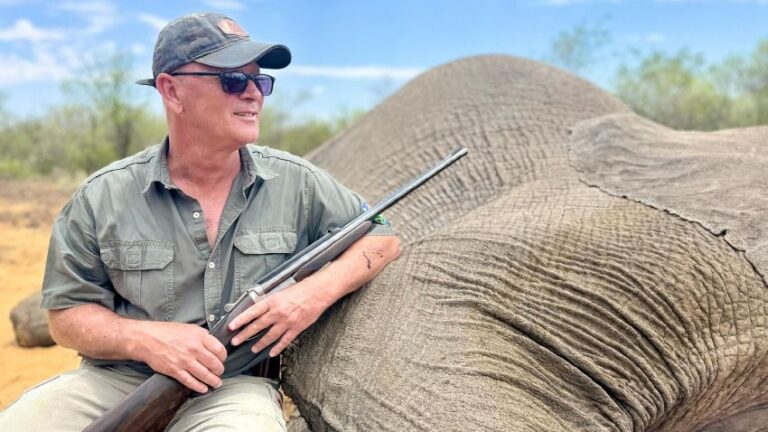
Why Are They Called Africa's Big 5?
Africa's Big 5 refers to five animals recognized across the world of big game hunting: the African elephant, lion, leopard, rhinoceros, and Cape buffalo. We use the term "Big 5" not just for their size but for the danger and skill involved during a traditional hunting safari in Africa. Hunters coined this label because these species presented the highest risk on foot hunts. Unlike other wildlife, these animals showed aggressive or unpredictable behavior when encountered, making every attempt at hunting in Africa a challenging endeavor.
During early African hunts, explorers and professional hunters found that tracking the Big 5 required more knowledge, patience, and strategy than hunting other game. Some, like the leopard and lion, often changed patterns or became more elusive with increased hunting pressure. Others, such as Cape buffalo or elephant, could quickly become dangerous if threatened. In fact, statistics from historic big game hunting reports highlighted that incidents and close calls most often involved these five mammals.
Game hunting in Africa grew around the challenge and adventure tied to these animals. Early African hunting safari brokers adapted their hunting packages to include the Big 5, driving interest among international hunting clients seeking the ultimate test of their skills and nerve. That’s why modern African hunting safari listings still feature the Big 5 as must-hunt experiences, even as many hunters now use cameras instead of rifles.
Instead of simply describing a collection of large animals, the "Big 5" now stands as a symbolic set in guided African hunts. It connects adventure seekers to Africa's untamed regions and storied hunting traditions. Today, when you browse listings or plan Cape buffalo hunts or book a guided African hunt through a reputable African Hunting Safari Broker, you'll find that Big game hunting still circles back to this iconic group, blending skill, respect for wildlife, and a unique piece of African history.
The Role Of The Big 5 In Safari Culture
African hunting safari culture centers on the Africa Big 5. These five animals—elephant, lion, leopard, rhinoceros, and Cape buffalo—anchor almost every big game hunting discussion and drive demand for hunting in Africa. Whether we look at classic game hunting or today's guided African hunts, the Big 5 keep shaping experiences, listings, and expectations.
Core of African Hunts
Local and international hunters search for hunting safari in Africa listings that feature the Big 5. These animals appear at the top of most African hunting safari broker platforms, and their presence sets apart premium hunting packages. On guided African hunts, the Big 5 often become the decisive factor for clients choosing between destinations or outfitters in Southern Africa, especially South Africa.
Influence on Hunting Listings
Game Hunting Safaris consistently design itineraries with the Big 5 as headline species. Cape Buffalo hunts, for example, appear in both entry-level and premium listings because of demand and reputation. Hunting packages built around these five species drive both bookings and repeat interest from seasoned hunters.
Wildlife Tourism and Safari Expectations
The Big 5 now hold a major place in wildlife tourism, not only game hunting. Many travelers planning African hunts or photo safaris focus on spotting all five in one trip. That explains why safari guides and outfitters highlight these species on African hunting safari pages to attract both hunters and wildlife photographers.
Cultural and Economic Status
We see the Africa Big 5 impact local economies. Hunting safari in South Africa and neighboring countries often depend on listings that include the Big 5. This demand supports guides, trackers, conservation teams, and local communities. It also makes listing these hunts on African hunting safari broker sites more valuable due to high search and conversion rates.
Shaping Conservation and Legacy
Ethical big game hunting and sustainable African hunts now underline conservation, ensuring the Big 5 populations remain stable. By leading guided African hunts responsibly, we help balance safari culture, conservation funding, and community benefit. The legacy of African big game hunting remains strongly connected to the Big 5, shaping how we present, market, and experience Africa’s wild places.
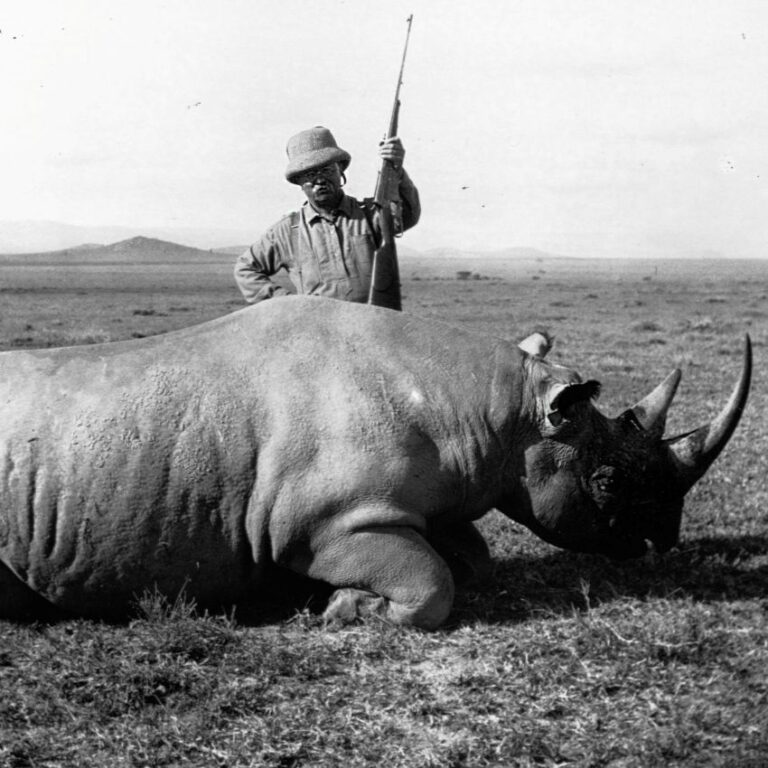
Conservation And The Big 5
Conservation and Africa’s Big 5 stay linked by both history and economic impact. These animals—elephant, lion, leopard, rhino, and Cape buffalo—draw significant attention from African hunting safari clients, wildlife lovers, and conservationists. Their popularity keeps them central to guided African hunts, big game hunting listings, and packages curated by leading African Hunting Safari Brokers.
Conservation Drives Hunting in Africa
Game Hunting Safaris and their conservation policies affect Big 5 populations. Regulated hunting generates direct funding for anti-poaching patrols, wildlife research, and protected area management. In countries like South Africa and Namibia, up to 30% of wildlife conservation budgets come from hunting-related revenue. Wildlife authorities set quotas based on population health, ensuring African hunts remain sustainable and ethical. Hunting in Africa funds local communities through job creation, with hunting safari in South Africa regions reporting higher employment rates than non-hunting areas.
The Role of Big 5 in Biodiversity
Africa Big 5 species act as umbrella species. Protecting them guards hundreds of other organisms sharing their habitats. If Big 5 conservation succeeds, wider biodiversity thrives in parks and reserves. And since these animals require vast territories, land set aside for them indirectly preserves many smaller species. For example, Kruger National Park’s rhino protections help populations of mammals, birds, and plants flourish.
Community and Economic Benefits
Local communities benefit from hunting safari in Africa, especially in rural regions. Income from big game hunting funds schools, clinics, and infrastructure. In several areas, community-managed conservancies receive a share of each permit sold for Cape Buffalo hunts or other Big 5 species. This stable revenue encourages locals to value wildlife and report poaching risks.
African Hunts Support Global Conservation Goals
Internationally, reputable African hunting safari brokers comply with CITES and IUCN guidelines. The regulated framework ensures ethical conduct, minimal ecological impact, and traceable hunting records. While photographic safaris grow in popularity, ethical hunting still provides financial support most reserves depend on for animal protection and habitat preservation.
Big 5 Conservation Contribution Table
|
Entity |
Conservation Contribution |
Example Context |
|---|---|---|
|
Hunting Tourism |
20-30% of national conservation budgets (selected nations) |
South Africa, Namibia |
|
Local Communities |
Revenue supports clinics, schools, jobs |
Community conservancies |
|
Population Control |
Quotas based on scientific assessment |
Big 5 quotas in state and private areas |
|
Wildlife Research |
Funding for anti-poaching, genetic, and behavior studies |
National parks and reserves |
|
Habitat Protection |
Funds expand protected lands |
Kruger National Park and similar areas |
African big game hunting, guided African hunts, and regulated Game Hunting Safaris keep Africa’s Big 5 at the forefront of modern conservation, supporting both wildlife protection and rural livelihoods.
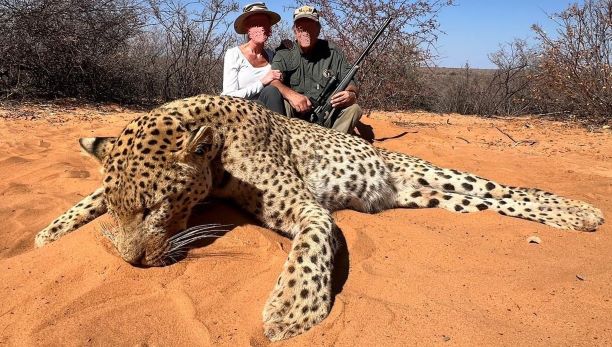
Conclusion
Africa's Big 5 continue to hold a legendary status that goes far beyond their physical presence. Their reputation is built on the thrill of the chase and the deep respect they've earned among hunters and wildlife enthusiasts alike.
As we look to the future these iconic animals remind us of the delicate balance between adventure and responsibility. By understanding their significance we help preserve their legacy and ensure that generations to come can experience the wonder of Africa's most remarkable wildlife.
Extend Your Adventure with a Specialist Crocodile Hunt in Mozambique
For those drawn to the challenge and prestige of Africa’s Big 5, the continent offers even more opportunities to test your skills and experience its untamed landscapes. If you’re ready to take your hunting safari beyond the traditional and into the realm of true aquatic adventure, consider our expertly guided 7-day crocodile hunt on the iconic Lake Cahora Bassa in Mozambique. This thrilling experience combines expert outfitting, stunning waterways, and the pursuit of one of Africa’s most formidable predators. Explore full trip details here.
Frequently Asked Questions
What are Africa’s Big 5 animals?
Africa’s Big 5 refers to the elephant, lion, leopard, rhinoceros, and Cape buffalo. These animals were named for being the most challenging and dangerous to hunt on foot, not just for their size or fame.
Why are they called the “Big 5”?
The term “Big 5” was coined by early hunters to describe the five most difficult and dangerous animals to track and hunt in Africa, requiring exceptional skill, patience, and courage.
What is the historical significance of the Big 5?
The Big 5 became central to African hunting culture during British and European exploration. They symbolized adventure, skill, and prestige among hunters and guided the development of classic hunting safaris.
Is hunting Africa’s Big 5 still common today?
Modern hunting of the Big 5 is strictly regulated, emphasizing ethical practices and conservation. Many people now choose photographic safaris over traditional hunting, making wildlife tourism more popular.
How do the Big 5 contribute to conservation?
Revenue from regulated hunting and tourism supports conservation efforts, anti-poaching, and wildlife management. The Big 5 also help protect broader biodiversity by acting as umbrella species in their habitats.
Why are the Big 5 important for African tourism?
The Big 5 are a major attraction for both hunting and photographic safaris. Spotting these animals is a top goal for many visitors, helping support local economies and conservation programs.
What challenges do hunters face with the Big 5?
Hunters face various challenges with each Big 5 animal, including unpredictable behavior, elusive habits, and dangerous encounters. Each species demands different strategies, skills, and respect for safety.
Are the Big 5 all endangered species?
Some Big 5 species, like certain rhinos and elephants, are endangered or vulnerable due to poaching and habitat loss. Regulated hunting, when properly managed, aims to aid their conservation.
How do local communities benefit from Big 5 tourism?
Income from Big 5 hunting and wildlife tourism helps fund community services, infrastructure, and jobs. This support encourages local involvement in conservation and sustainable wildlife management.
Can you see the Big 5 on a safari without hunting?
Yes, many African safaris focus on wildlife viewing and photography. National parks and reserves across Africa offer opportunities to see all of the Big 5 ethically and sustainably in their natural habitats.

